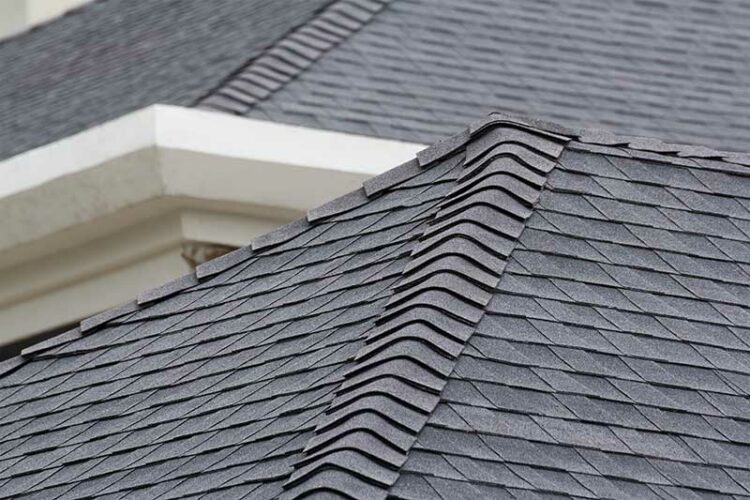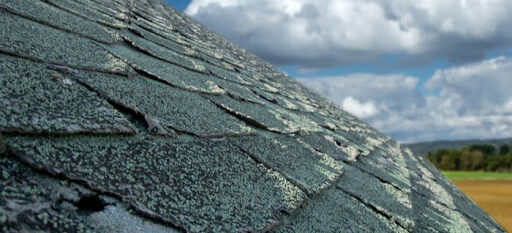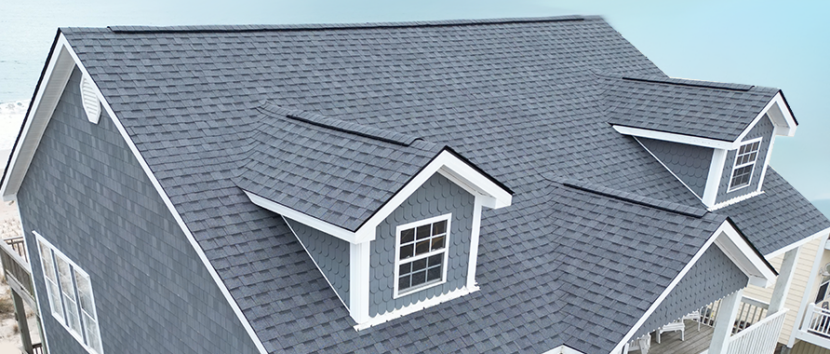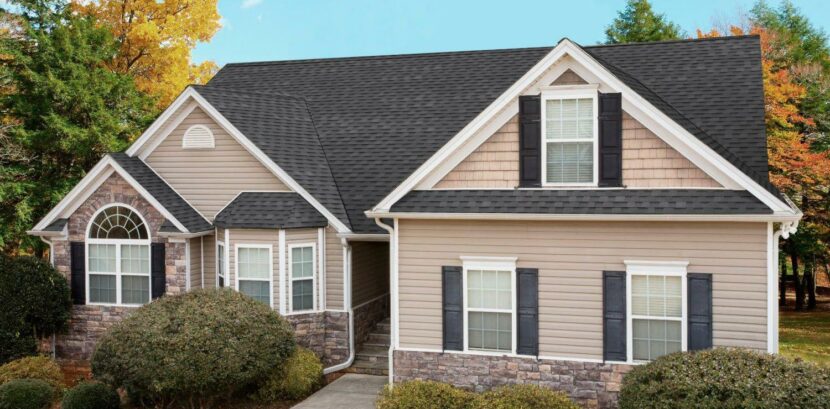Dark Roof Shingles
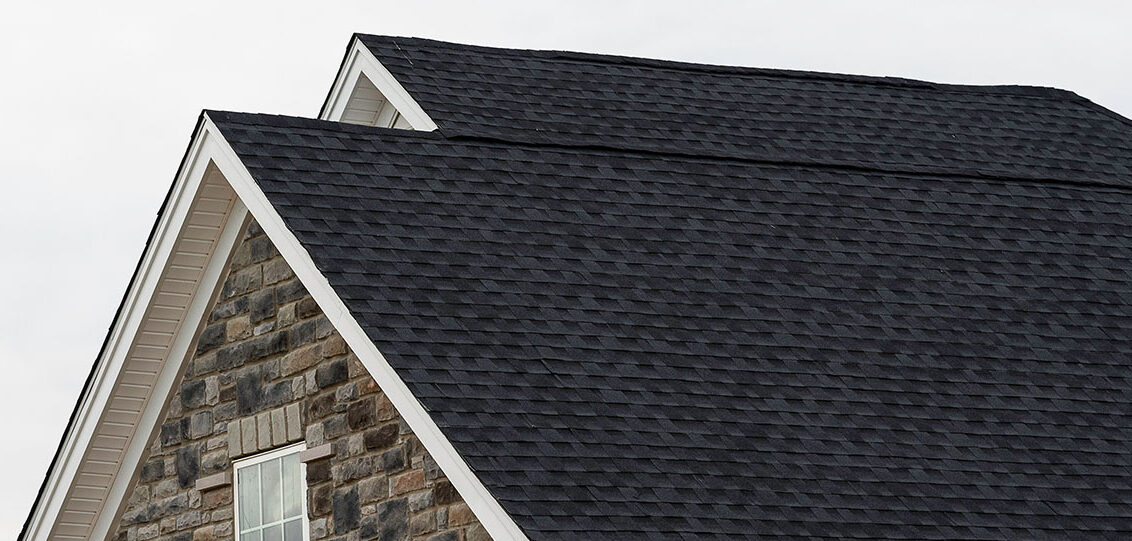
It might seem counterintuitive, but color is a key engineering decision. The rate of your roof’s radiant heat transfer is determined by the shade you choose. Black transfers heat, and white rejects it.
The difference between radiant energy from hue to hue is so drastic that a dark roof can raise your attic temperature by 40%. Consequently, the shade of your roofing can make or break your property’s energy efficiency.
Dark shingles are perfect for chilly regions where snow and ice dams are problematic. Similarly, light shingles will keep your home cooler in hot climate zones. The color of your shingles benefits more than just your energy efficiency. Let’s take a closer look.
Black: a timeless aesthetic
There’s a reason décor magazines call every color trend “the new black.” Black is, perhaps, the most timeless color on the spectrum, so when you choose dark shingles, you choose a palette that will never go out of fashion. Dark hues have a sleek, urban appeal that harmonizes beautifully with lush landscaping. Better yet, the darker the shade, the fewer the visible imperfections. A deep hue is a clever way to mask deformities.
Get a Free Estimate Today
50% off installation. Special financing available. See details.
Do dark shingles last longer?
Some manufacturers believe that the heat dark roofing absorbs accelerates ageing. This is easily avoided by choosing quality materials with an extended lifespan. Asphalt tends to fade, and the darker it is, the more obvious its wear and tear.
Many shingle manufacturers insist that white and black shingles age at an identical rate, but longevity isn’t as simple as it might seem. Dark shingles melt snow faster and make ice dams less likely. Both of those benefits will improve your roof’s lifespan. Your shingles and underlayment will be less prone to cracks, mold, and erosion.
Can you change the color of your shingles?
If your light asphalt is leaving you in the cold, painting your shingles is an easy way to revamp your home. The process is pocket-friendly and straightforward. Your roofing can be coated if it’s made from asphalt, concrete, wood, or slate. In some cases, it might make more sense to replace the entire roof.
If your existing roofing is nearing the end of its lifespan and the recoating process will cost more than half the replacement costs, a roof replacement is best. If you have a gleaming new roof, however, a fresh coat of paint is usually worth the investment.
What is the best color shingle for energy efficiency?
The albedo effect refers to lighter hues’ tendency to reflect radiant heat. In an area with bitter winters, that won’t serve you well. If your summers are more intolerable than your winters, though, light shingles will improve your air conditioning costs.
You can further improve your thermal resistance through proper attic ventilation. This will help your home to resist extreme temperatures while simultaneously improving longevity by minimizing heat damage.
What is the solar reflectance index?
The solar reflectance index (SRI) measures the amount of heat your roof can reject. An SRI of 40 can reduce your roofing temperature by 13 degrees. That represents energy savings of up to 20%. Metal and tile roofs have good SRI ratings. Asphalt is one of the most non-reflective options on the market, but the industry has begun adding solar-reflecting materials to their shingles to improve SRI ratings.
The GreenBuildingAlliance says 90% of US roofs are poorly designed with absorptive materials. Roof temperatures can be up to 100 degrees hotter than the air temperature outside, forcing your air conditioner to work harder than it needs to. Your climate will determine whether that’s a blessing or a curse.
Need help with a roofing project? Click here for a free estimate.

